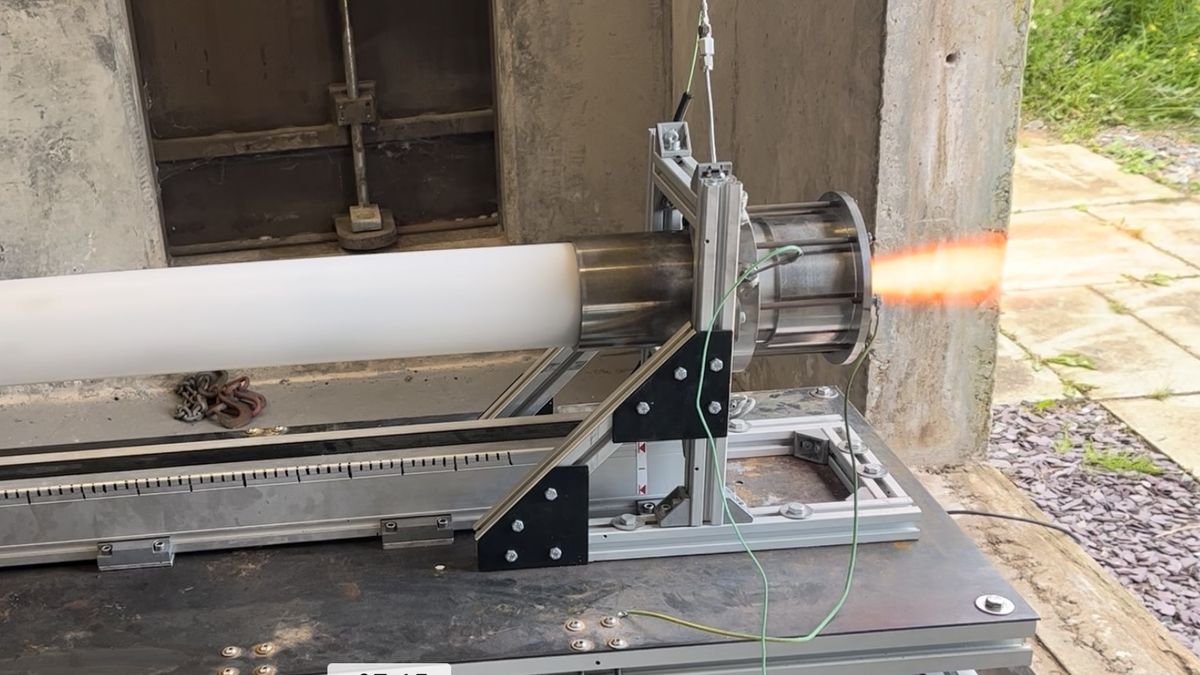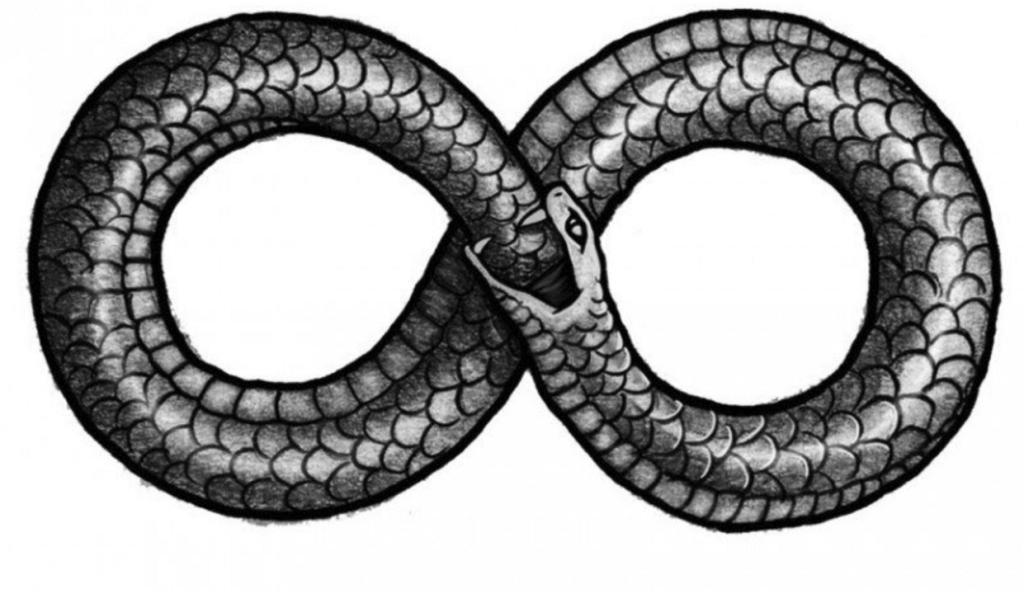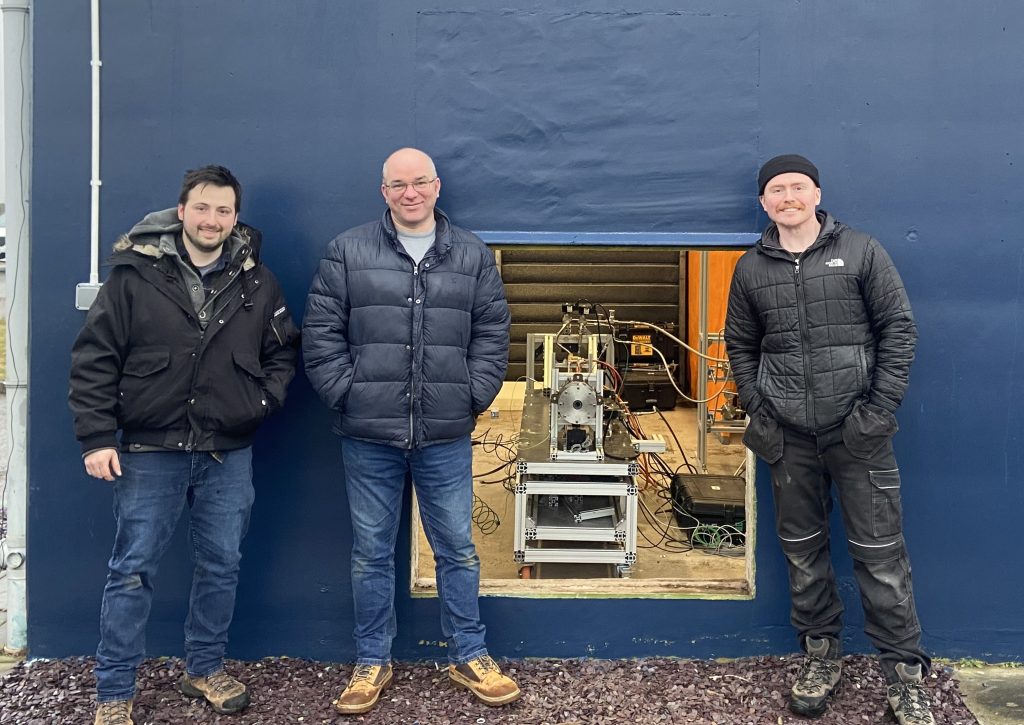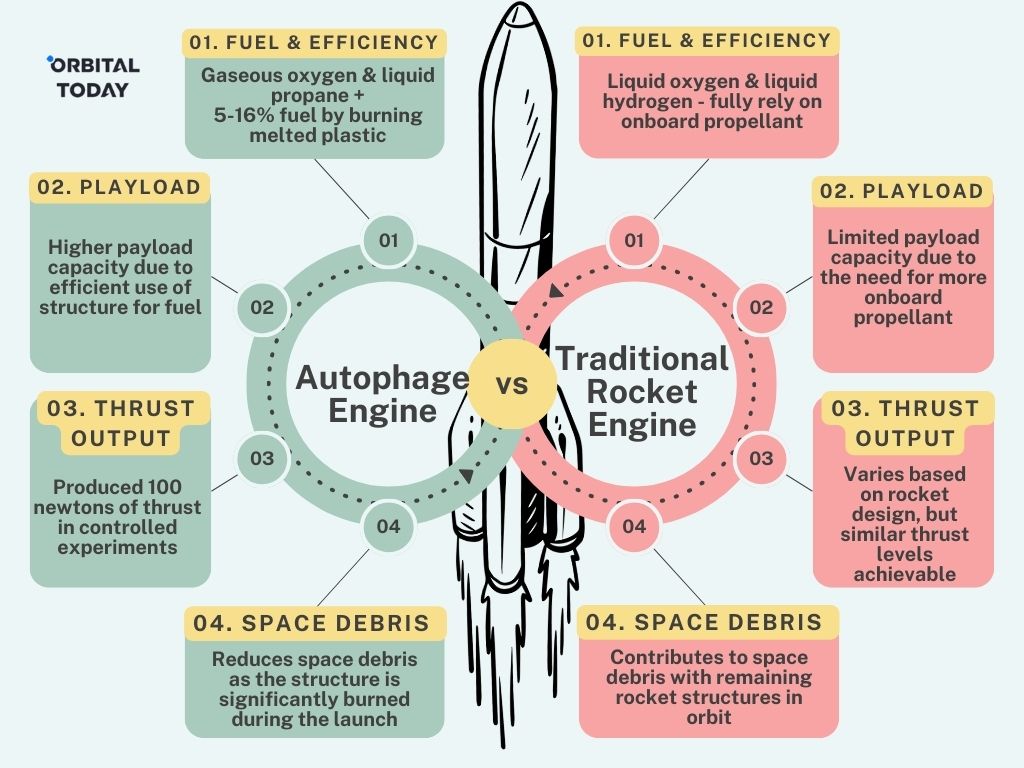Groundbreaking Development of the UK Scientists: a Rocket That Devours Itself for Fuel!
26th Feb 2024
What if a rocket could propel itself into space by intelligently utilising parts of its own structure? Enter the Ouroboros-3, an innovative self-eating rocket engine meticulously designed by the engineers at the University of Glasgow.

Bearing the name of the mythical creature that consumes its own tail, this cutting-edge “self-eating” rocket stands at the forefront of transforming the UK’s position in the space industry.
Century-Old Idea, New Implementation
This seemingly futuristic concept of a self-eating rocket engine, known as an “autophage” engine, traces its roots back to 1938 when it was first proposed and patented. However, it wasn’t until 2018 that the idea was brought to life in a controlled experiment through a pioneering collaboration between the University of Glasgow and Dnipro National University in Ukraine. The story didn’t stop there. The University of Glasgow engineers, in collaboration with Kingston University, have since been advancing the autophage engine technology. The recent development, represented by the Ouroborous-3, builds on the initial concept and introduces key improvements and innovations.
How Does It Work NOW?
Just like the ancient snake it’s named after, the engine is crafted to devour its own back end as it consumes the rocket fuel – a mix of gaseous oxygen and liquid propane.
As the engine warms up, combustion works its magic, turning the plastic fuselage into a molten state. This molten plastic becomes an additional fuel source, joining the regular liquid propellants in the engine’s combustion chamber. Burning this plastic isn’t just a fiery spectacle. It gives the rocket an extra 5-16% fuel boost, allowing it to be lighter when it launches and have more room for payloads. The team’s design developments were showcased last month as a paper presented at the international AIAA SciTech Forum in Orlando, Florida.
Unlike traditional rockets, this design requires less onboard propellant, freeing up space for payloads and potentially curbing the issue of space debris. So, the greater efficiency could help autophage rockets take a greater payload into space compared to a conventional rocket of the same mass. They could, for example, take tiny “nanosatellites” into space directly without having to share space on more expensive conventionally-fuelled rockets.
The Firing Test of Self-Eating Rocket
The Ouroborous-3 underwent rigorous testing at the MachLab facility at Machrihanish Airbase in Scotland, showcasing its ability to produce 100 newtons of thrust in a series of controlled experiments. The tests showed that the Ourobourous-3 is capable of stable burn – a key requirement for any rocket engine – throughout the autophage stage, with the plastic fuselage supplying up to one-fifth of the total propellant used. The successful control of throttling, restarts, and pulsing positions the autophage rocket as a versatile and controllable propulsion system.
Professor Patrick Harkness of the University of Glasgow’s James Watt School of Engineering concludes: “A conventional rocket’s structure makes up between five and 12 per cent of its total mass. Our tests show that the Ouroborous-3 can burn a very similar amount of its own structural mass as propellant. If we could make at least some of that mass available for payload instead, it would be a compelling prospect for future rocket designs.”

Postgraduate researcher Krzysztof Bzdyk, serving as the corresponding author from the esteemed James Watt School of Engineering, shares insight into the future trajectory of their groundbreaking research: “From here, we’ll begin to look at how we can scale up autophage propulsion systems to support the additional thrust required to make the design function as a rocket.”
Breaking Through Space Debris
The autophage engine emerges as a promising solution to address the escalating issue of space debris, a growing concern within Earth’s orbit. Unlike traditional rockets, which contribute to space debris by leaving remnants in orbit after fuel depletion, the Ouroborous-3 takes a unique approach. By consuming a significant portion of its structure during operation, it actively mitigates the potential for adding to the space junk problem.
This innovation aligns with global initiatives such as the Zero Debris Charter, emphasising the importance of adopting sustainable practices in space. Noteworthy is the inclusion of the autophage engine among 23 selected space technology projects that recently secured £4m in funding from the UK Space Agency and STFC. The Glasgow team, led by postgraduate researcher Krzysztof Bzdyk from the James Watt School of Engineering, received £290,000 to advance pilot testing of the prototype engine.
Now, let’s sum it up and compare a “self-eating” rocket engine with a traditional one.

Feasibility Check: Can the Self-Eating Rocket Become a Reality in Practice?
While the autophage engine is an interesting thought experiment, it would be wrong not to mention the practicality of this concept. Some scientists explain that it is more of a theoretical idea than a feasible technology.
The key challenges of the autophage engine are:
- Propellant: The suggested combination of fuel and oxidizer presents challenges. The proposed propellants (Hydrogen Peroxide and high-density polyethene) result in lower efficiency than traditional rocket engines.
- Combustion Chamber: Melting the thick plastic tube for combustion poses engineering challenges, including the need for massive initial heating and maintaining structural integrity during combustion.
- Explosion: The direct combination of fuel and oxidizer without separation contradicts standard safety practices in rocket design, increasing the risk of explosions due to uncontrollable ignition.
- Propellant Feed: Feeding the fuel-oxidizer combination into the combustion chamber is challenging. The suggested mechanism requires immense power, making it heavier than conventional tank alternatives.
Ouroborous-3 Autophage Engine tantalizes with its potential to redefine space travel. This “self-eating” rocket, born from the brilliant minds at the University of Glasgow, not only ignites our imagination but sparks a cosmic debate. Can it truly become a reality, revolutionizing the UK’s space industry with its innovative approach?






Thank you for your comment! It will be visible on the site after moderation.